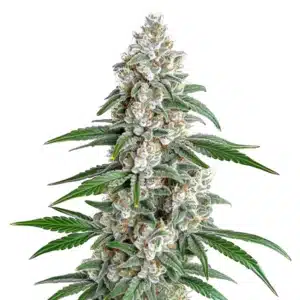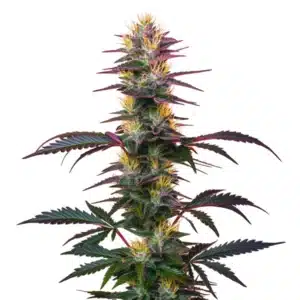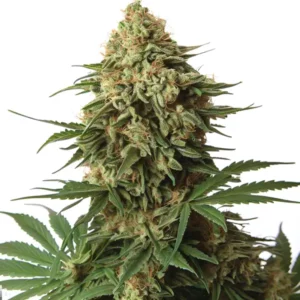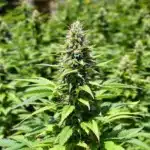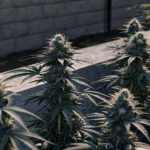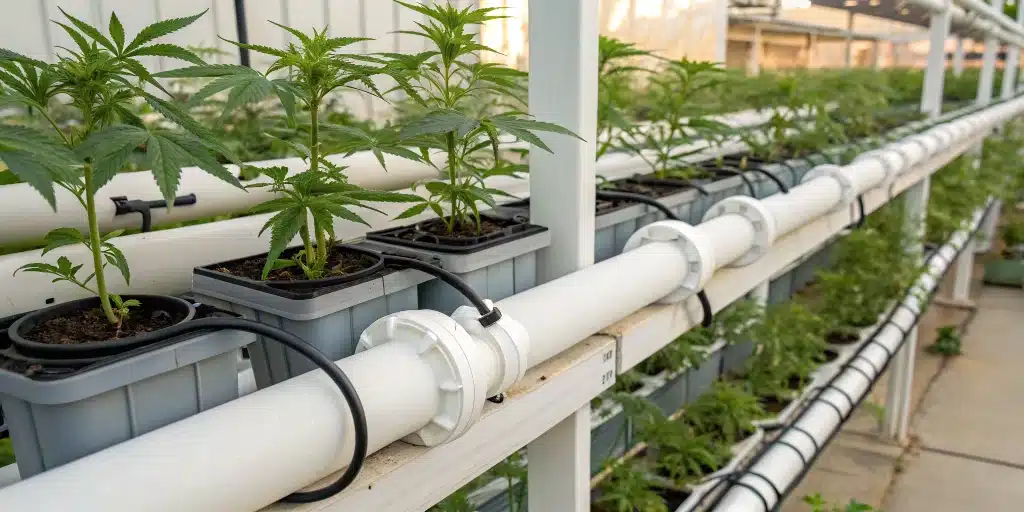
Efficient Outdoor Hydroponic Systems
Fundamentals of Outdoor Hydroponic Systems
Definition and Core Components
Outdoor Hydroponic Systems use water-based nutrient solutions to deliver essential minerals directly to plants. The system typically includes a reservoir, pumps, pipes, and growing containers that hold the roots in a controlled water environment. These components work together to provide a soil-free method that promotes rapid growth and efficient nutrient uptake. This setup is ideal for those seeking a modern twist on traditional gardening methods while enjoying the outdoors in a sustainable way.
In these systems, plants grow in media like clay pellets or perlite that support their roots without soil. The design allows precise control over the nutrient balance and water delivery. This method minimizes waste and maximizes yield. Many growers choose Outdoor Hydroponic Systems for their simplicity and effectiveness. By focusing on a water-based approach, you ensure a steady supply of nutrients, leading to healthier and more robust plant growth.
Recommended Strains
Tropicana Cookies Fast Version
|
|
THC | 20% - 22% (Medium) |
|
|
Type | Fast Flowering |
|
|
Yield | Medium |
|
|
Phenotype | 60% Indica / 40% Sativa |
Acapulco Gold Autoflower
|
|
THC | 20% - 24% (Medium) |
|
|
Type | Autoflowering |
|
|
Yield | Medium |
|
|
Phenotype | 30% Indica / 70% Sativa |
Benefits Compared to Traditional Gardening
Outdoor Hydroponic Systems offer several advantages over soil-based methods. They use less water and nutrients because the system recirculates the nutrient solution, reducing waste. This method also minimizes the risk of soil-borne diseases, allowing plants to grow with fewer complications. Moreover, these systems allow for precise adjustments, which results in faster growth and improved yields. They are especially beneficial in areas with poor soil quality or limited space.
These systems simplify maintenance and troubleshooting. With precise control, you can monitor and adjust the nutrient balance at any time. Outdoor Hydroponic Systems reduce environmental impact by lowering water usage and chemical runoff. They also create a cleaner growing environment, which leads to better quality produce. Many growers appreciate these benefits for their ability to produce consistent and high-quality crops with less effort.
Promos & Deals
Designing Your Outdoor Hydroponic Setup
Planning the Layout and Structure
When planning your outdoor hydroponic setup, careful layout design is key. Start by mapping out the available space and identifying areas with optimal sunlight. Choose a location that is sheltered from strong winds and extreme weather. Sketch the arrangement of the reservoir, pumps, and growing containers. This planning process helps ensure that the system functions smoothly and efficiently. With clear planning, your Outdoor Hydroponic Systems setup will be ready to support robust plant growth.
Designing an effective layout also involves considering the flow of water and nutrient distribution. Ensure that each plant receives uniform exposure to the nutrient solution. A well-planned structure minimizes dead zones where water might stagnate. Integrate accessible paths for maintenance and system checks. With these considerations in place, your setup will function reliably, making your growing process more streamlined and productive.
Selecting Materials and Equipment
Choosing the right materials and equipment is essential for building a reliable outdoor hydroponic system. Opt for durable, weather-resistant components that can withstand outdoor conditions. High-quality pumps, tubing, and reservoirs ensure that the system operates efficiently and lasts longer. Many growers invest in equipment designed specifically for hydroponic setups to maintain steady performance. Your selection of materials directly influences the stability and longevity of your Outdoor Hydroponic Systems.
Quality equipment also reduces the need for frequent repairs and replacements. Look for parts that are easy to clean and maintain. When you choose trusted brands, you improve the overall efficiency and reliability of your system. Every piece of equipment contributes to the smooth operation of the hydroponic setup, ensuring that your plants receive consistent care. With a solid selection of materials, your garden will thrive even under challenging outdoor conditions.
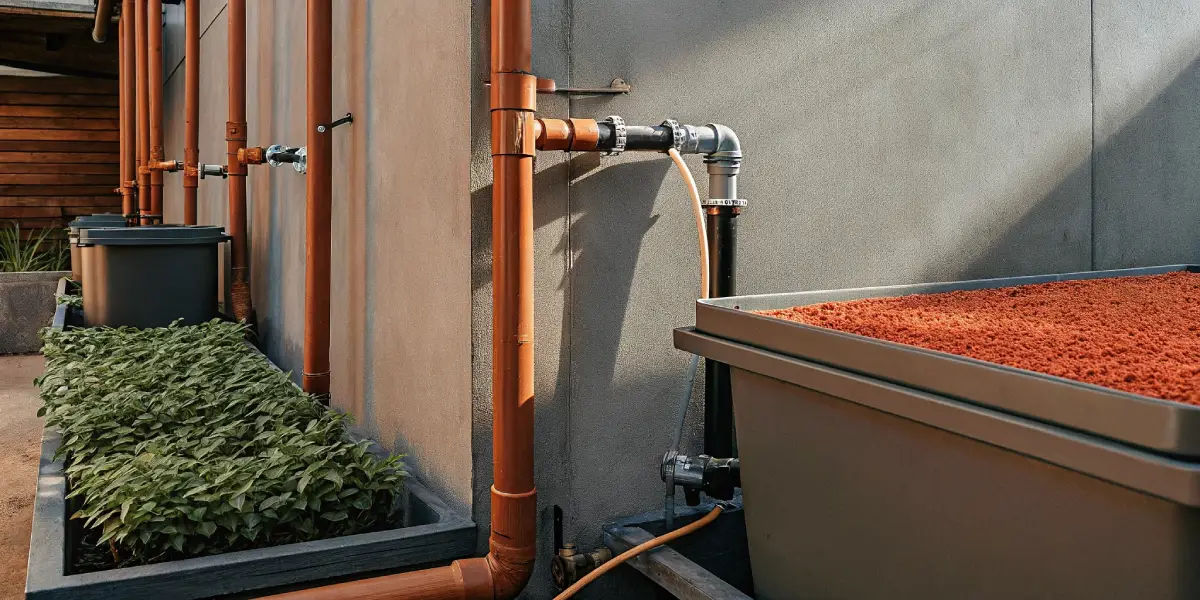
Nutrient and Water Management
Formulating Nutrient Solutions
The success of outdoor hydroponic cultivation depends largely on the nutrient solution used. Formulate a balanced mixture that supplies all the essential minerals required for robust plant growth. Typically, the solution includes nitrogen, phosphorus, potassium, and trace elements. Adjust the concentration based on plant growth stages to avoid nutrient burn or deficiencies. Regularly test and tweak the solution to maintain an optimal pH and nutrient balance, ensuring your Outdoor Hydroponic Systems yield healthy and vigorous plants.
A consistent nutrient formulation is vital to avoid imbalances that can stress plants. Mixing fresh solution periodically and monitoring levels prevents buildup and ensures continuous nutrient availability. The process is simple but requires attention to detail. With the right blend, your system supports a steady growth rate and maximizes plant productivity. This careful management of nutrients plays a significant role in achieving successful results in your outdoor hydroponic garden.
Optimizing Water Circulation and Aeration
Efficient water circulation and aeration are critical for plant health in hydroponic setups. Ensure that water flows smoothly through the system without stagnation. Use pumps that deliver a consistent and gentle flow, and incorporate air stones or diffusers to oxygenate the water. Proper aeration supports root respiration and prevents the buildup of harmful pathogens. With balanced water circulation, your Outdoor Hydroponic Systems create a thriving environment for your plants to develop strong and healthy roots.
Maintaining optimal water movement also prevents temperature fluctuations. A steady flow and good aeration help keep the water at a stable temperature, which benefits nutrient absorption. Regular monitoring of the water system is necessary to identify any issues before they affect plant growth. This approach maximizes the efficiency of your hydroponic setup and ensures a continuous supply of oxygen and nutrients to your plants, leading to sustained growth and productivity.
Maintenance and Troubleshooting
Routine Cleaning and System Checks
Regular maintenance is key to keeping your hydroponic system running smoothly. Schedule routine cleaning of the reservoir, tubing, and growing containers to prevent algae buildup and blockages. Checking the system components frequently ensures that pumps and valves work efficiently. Routine maintenance not only extends the lifespan of your Outdoor Hydroponic Systems but also keeps the nutrient solution clean and effective. A well-maintained system leads to healthier plants and a more productive garden.
Frequent system checks help catch minor issues before they escalate. Ensure that all parts are free of debris and that the water flow remains steady. Monitoring these details simplifies troubleshooting and minimizes downtime. By setting aside time for maintenance, you create a reliable routine that keeps your garden thriving. Consistent care is a simple yet effective strategy for maximizing the performance of your hydroponic system in outdoor settings.
Identifying and Fixing Common Issues
Troubleshooting common issues in hydroponic setups requires a systematic approach. Look for signs of nutrient imbalances, such as yellowing leaves or stunted growth, which indicate that adjustments are needed. Check for blockages in the tubing and ensure that the pump is functioning correctly. Problems like algae growth or pH fluctuations can affect plant health. Addressing these issues promptly helps maintain a stable environment in your Outdoor Hydroponic Systems.
When issues arise, isolate and identify the root cause. Simple fixes like cleaning the system or adjusting the nutrient solution often solve the problem. Regular observation and record-keeping assist in pinpointing recurring problems and implementing preventive measures. A proactive approach to troubleshooting minimizes disruptions and ensures that your plants continue to thrive. By carefully monitoring and maintaining your system, you keep the setup running efficiently and productively.
Sustainability and Efficiency in Outdoor Hydroponic Systems
Energy-Saving Techniques and Renewable Options
In outdoor hydroponic setups, energy efficiency is as important as plant care. Implement energy-saving techniques such as using solar-powered pumps and LED lighting to reduce electricity costs. Consider renewable energy sources that not only save money but also benefit the environment. Integrating these options into your Outdoor Hydroponic Systems can make your operation more sustainable. Efficient energy use is a win-win, improving both your budget and your garden’s ecological footprint.
Choosing energy-efficient equipment helps lower your overall consumption while maintaining system performance. Solar panels and other renewable resources can power key components reliably. Regular energy audits ensure that you are using power wisely. These strategies contribute to a more sustainable and cost-effective hydroponic garden. Embracing green technologies enhances the overall efficiency of your setup, making it both environmentally friendly and economically viable for long-term use.
Eco-Friendly Practices and Cost-Effective Strategies
Adopting eco-friendly practices in hydroponics is essential for sustainability and cost control. Use recycled materials for containers and opt for organic nutrient sources that benefit both the plants and the environment. These practices not only reduce waste but also lower expenses over time. A sustainable approach to building and maintaining your Outdoor Hydroponic Systems ensures that your garden operates efficiently while respecting nature. This method creates a harmonious balance between productivity and environmental care.
Implementing cost-effective strategies includes reusing water and energy-saving measures. Simple techniques, like rainwater harvesting and using biodegradable materials, reduce operational costs while supporting sustainability. These eco-friendly practices provide tangible benefits, from lower bills to a cleaner environment. By focusing on efficiency and sustainability, you create a resilient system that stands the test of time. This balanced approach ensures that your hydroponic garden remains productive and environmentally responsible.
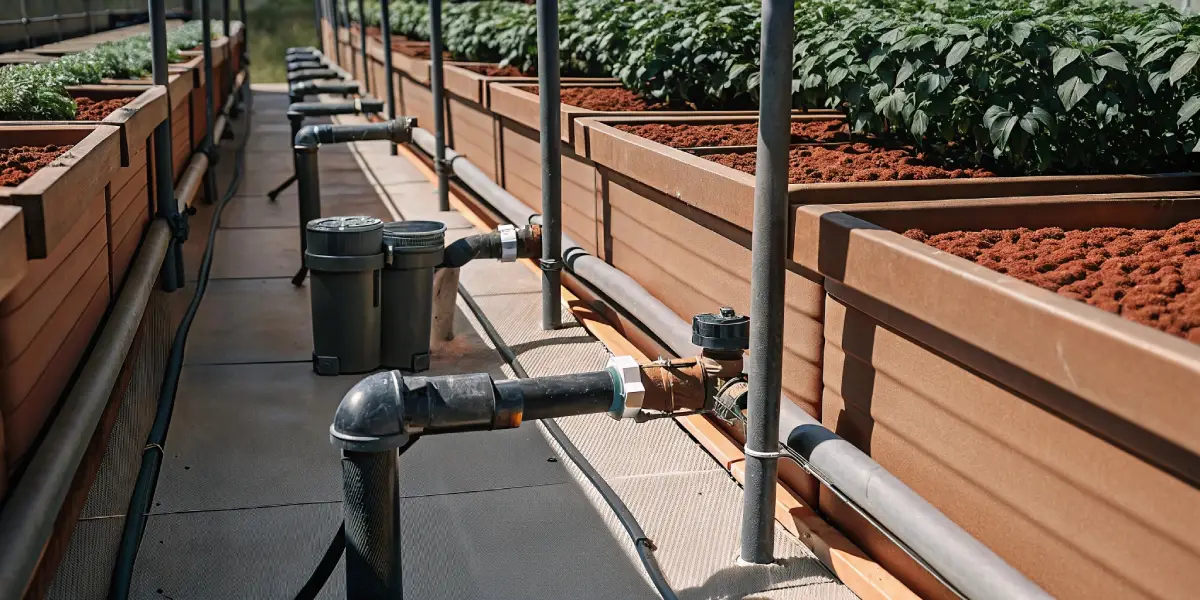
FAQs about Outdoor Hydroponic Systems
What makes Outdoor Hydroponic Systems effective for cannabis cultivation?
Outdoor Hydroponic Systems deliver nutrients directly to plant roots using a water-based solution, reducing waste and improving growth efficiency. They offer precise control over nutrient levels and water circulation, making them ideal for outdoor cultivation. Regular monitoring and maintenance ensure a healthy, thriving garden, providing a reliable method for achieving high yields and quality crops with less effort overall.
How do I maintain optimal water circulation in my Outdoor Hydroponic Systems?
Maintaining optimal water circulation involves using reliable pumps, ensuring clear tubing, and incorporating air stones to oxygenate the water. Regular system checks and cleaning help prevent blockages and temperature fluctuations. Balancing the nutrient solution and monitoring flow rates are essential. These practices work together to keep the system running smoothly, ensuring that plants receive consistent oxygen and nutrients for robust growth and productivity.
What are the best practices for troubleshooting issues in Outdoor Hydroponic Systems?
The best practices for troubleshooting include regularly checking the nutrient solution, inspecting tubing for clogs, and monitoring pump performance. Look for signs of nutrient imbalances or algae growth, and adjust pH levels as needed. Routine maintenance and record-keeping help identify recurring issues, allowing for quick fixes. These proactive measures ensure that the system remains efficient and that any problems are resolved promptly, keeping your garden thriving consistently.





